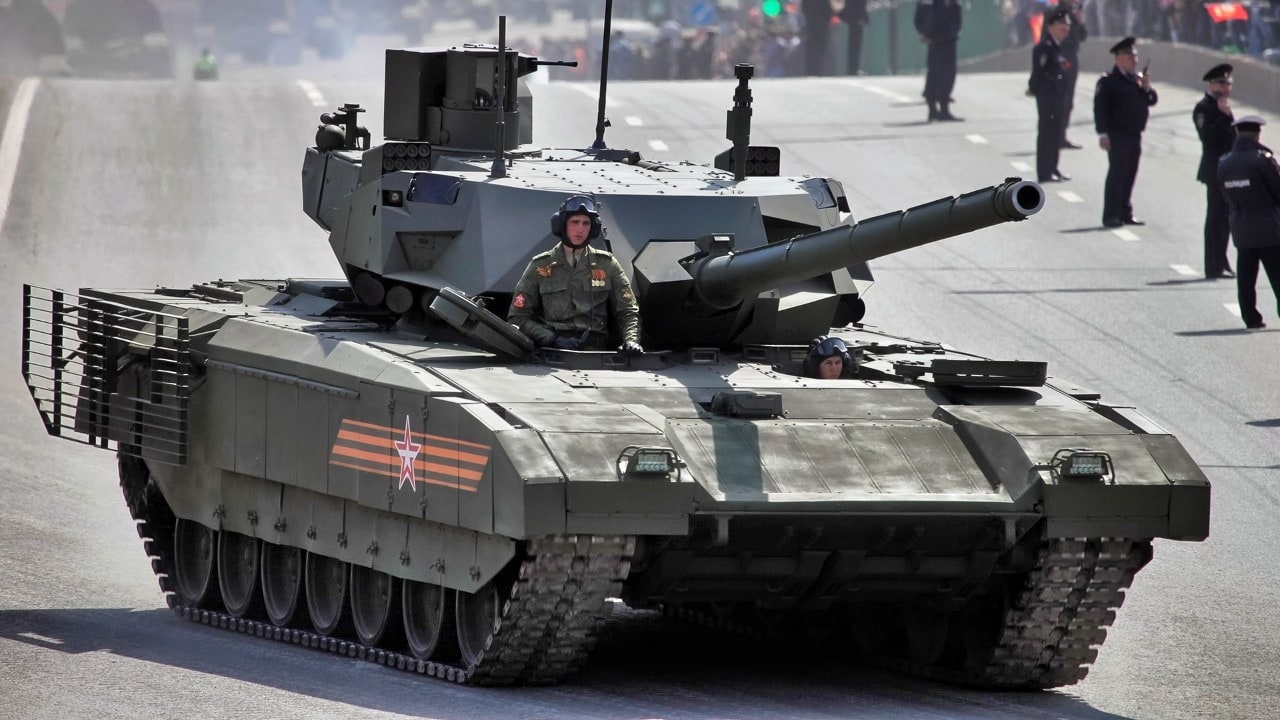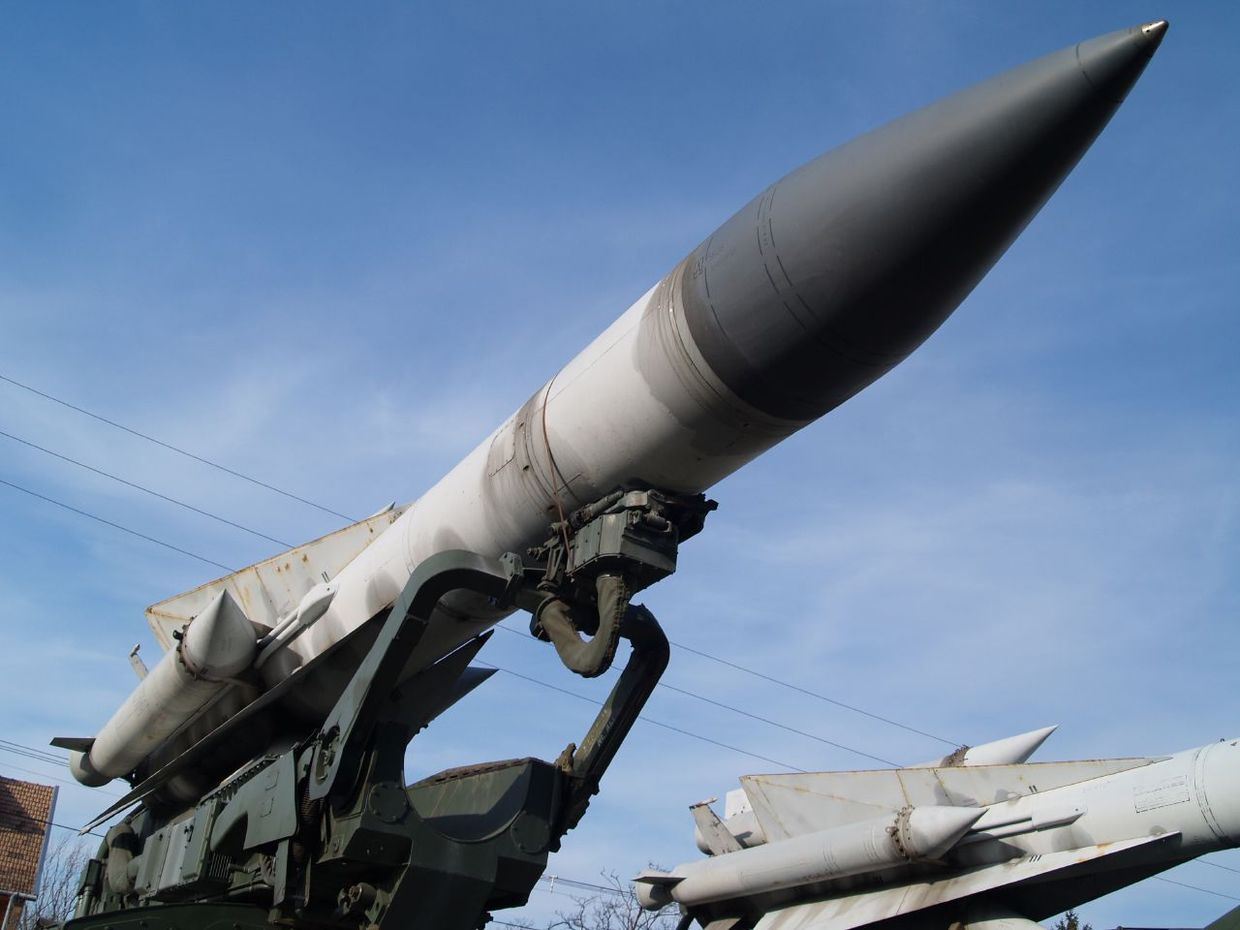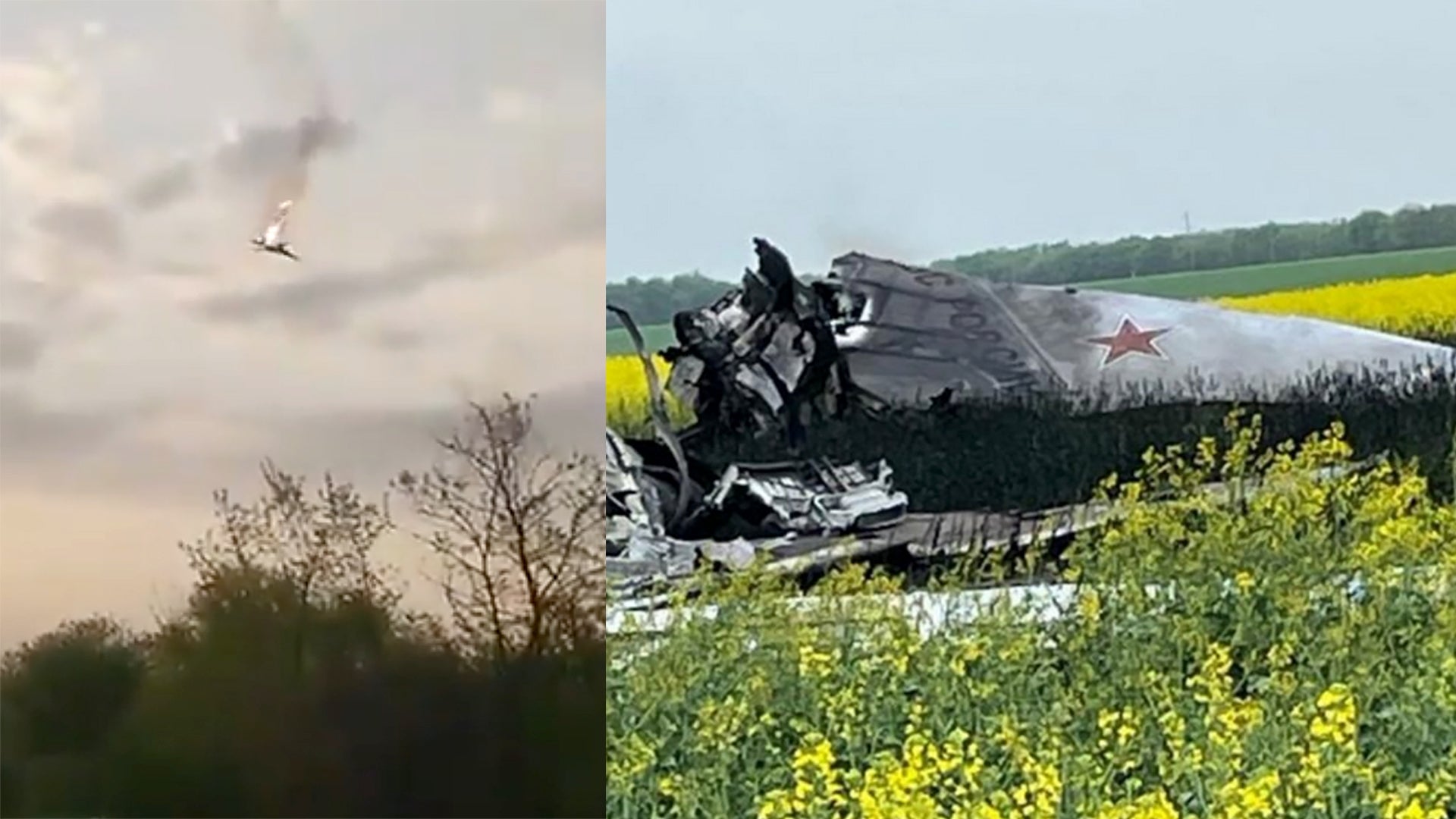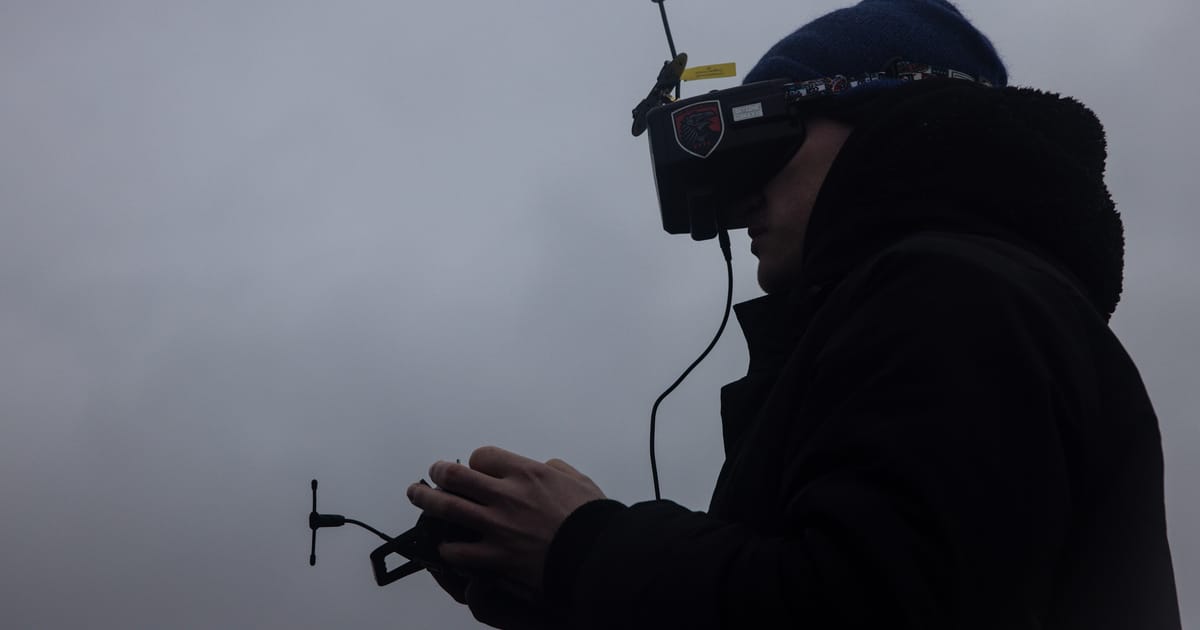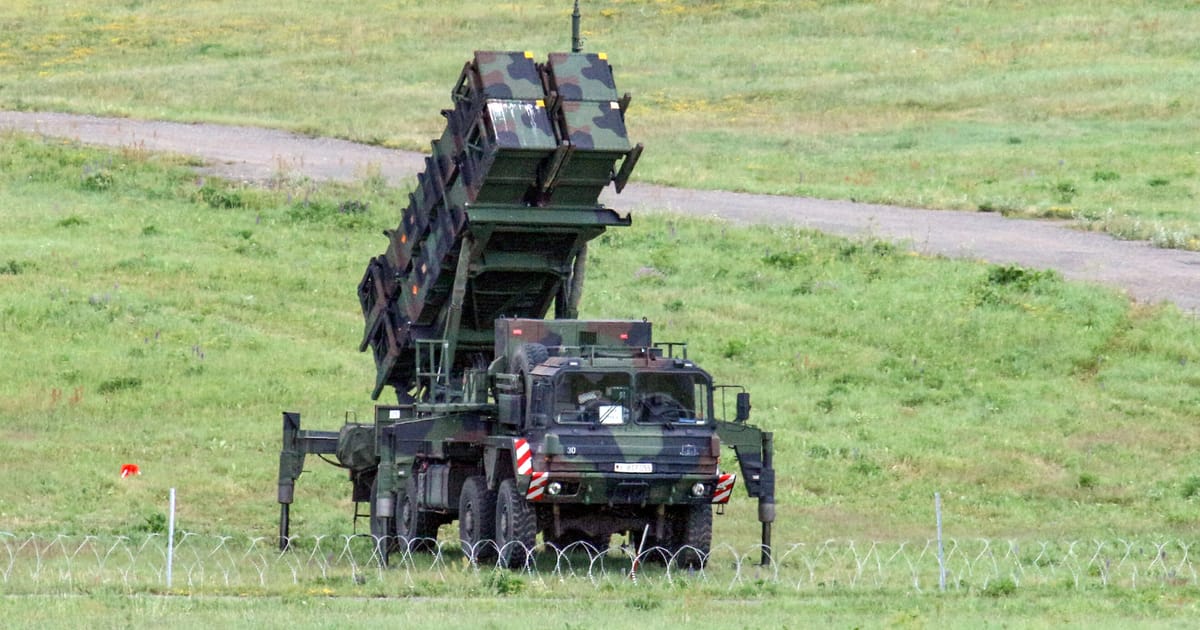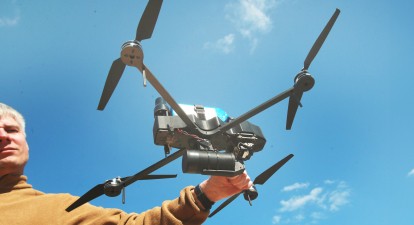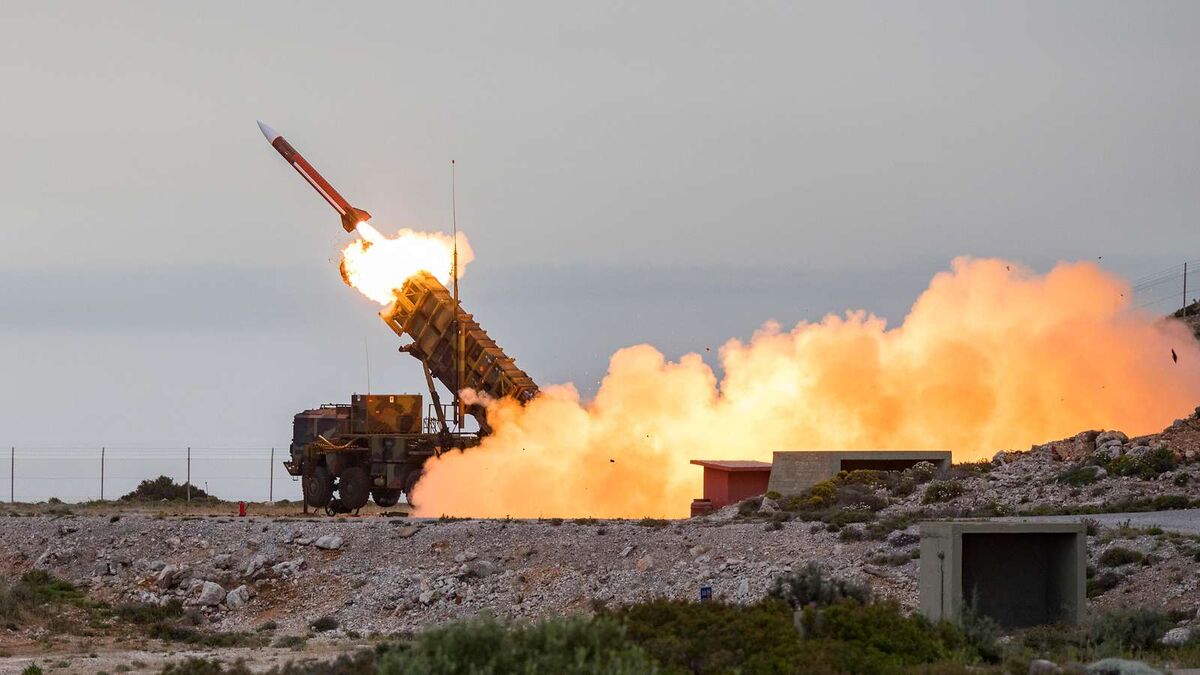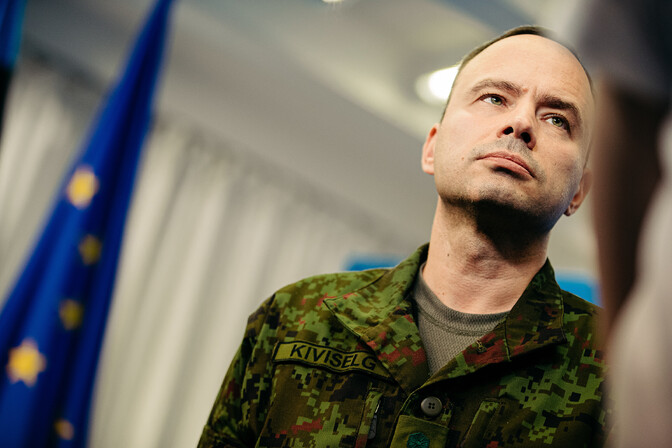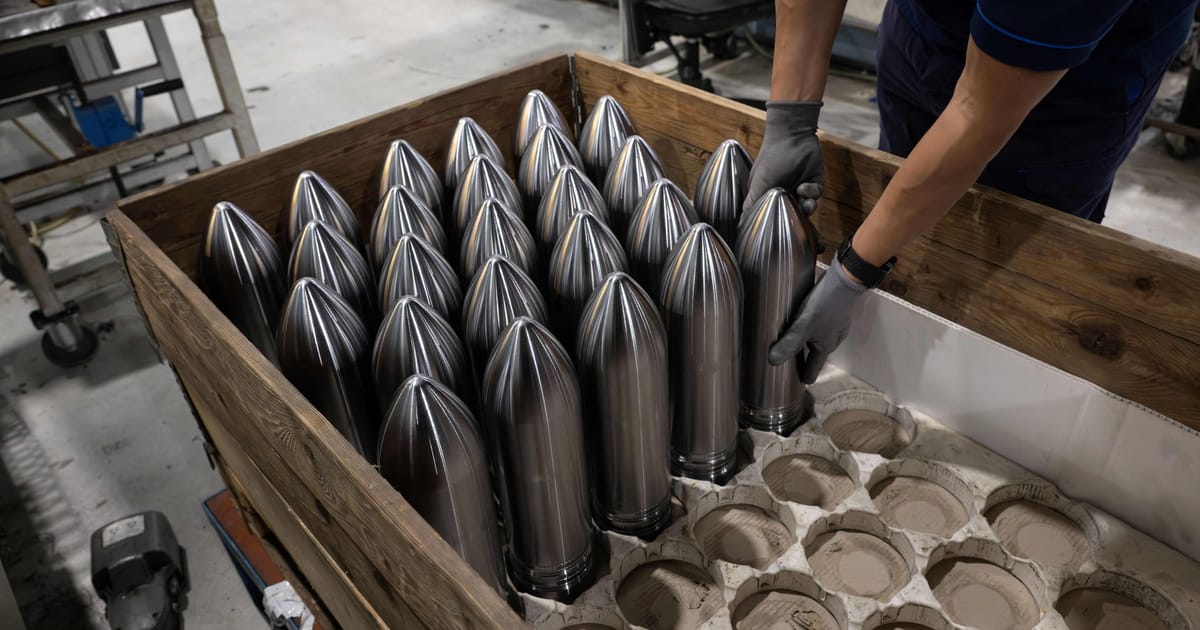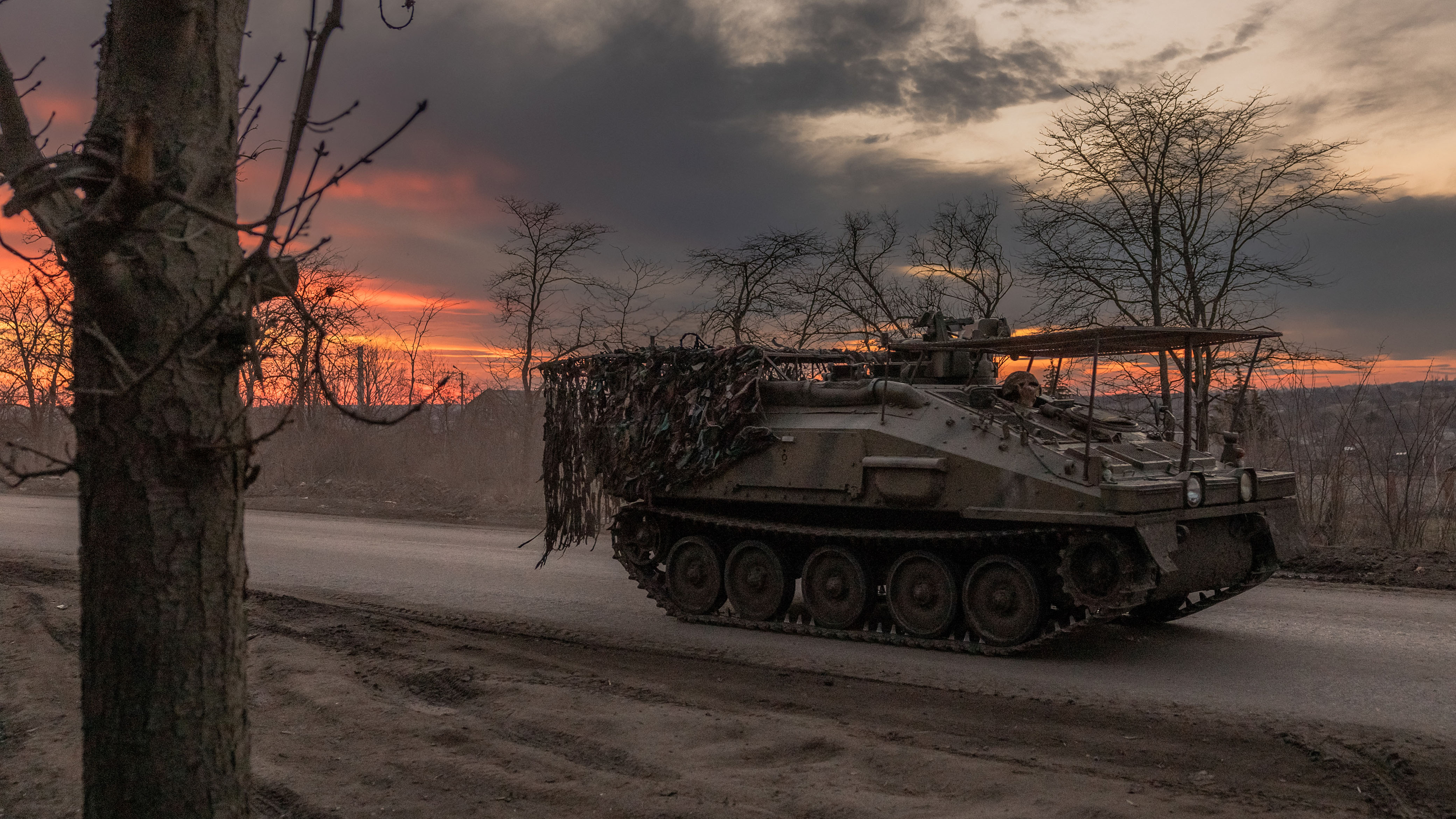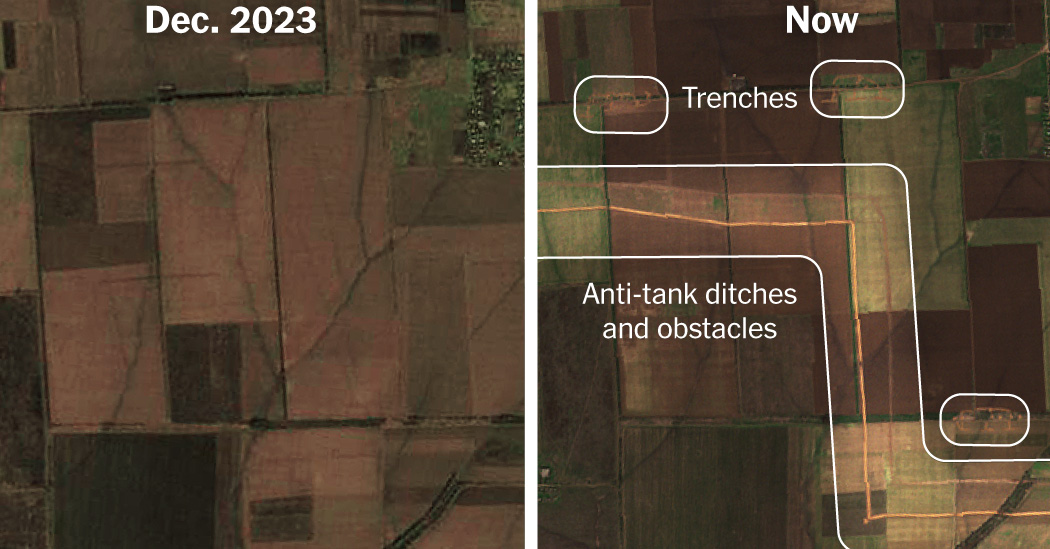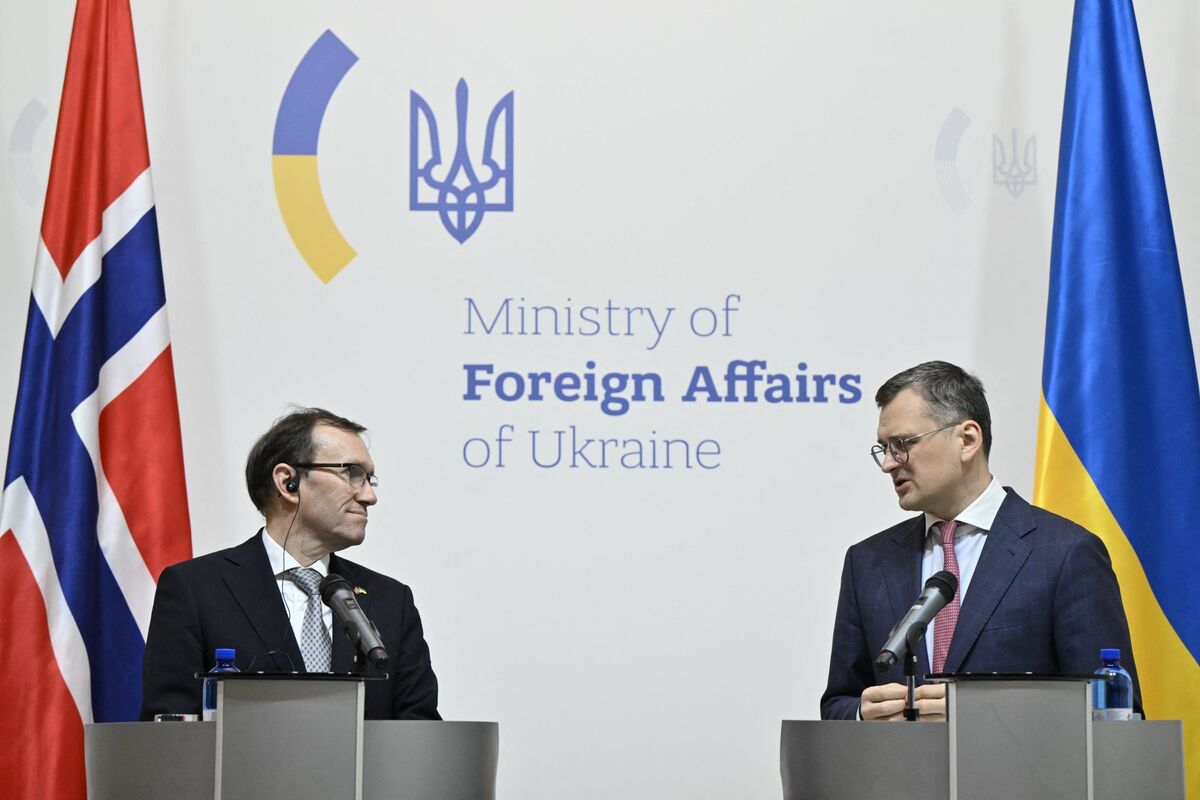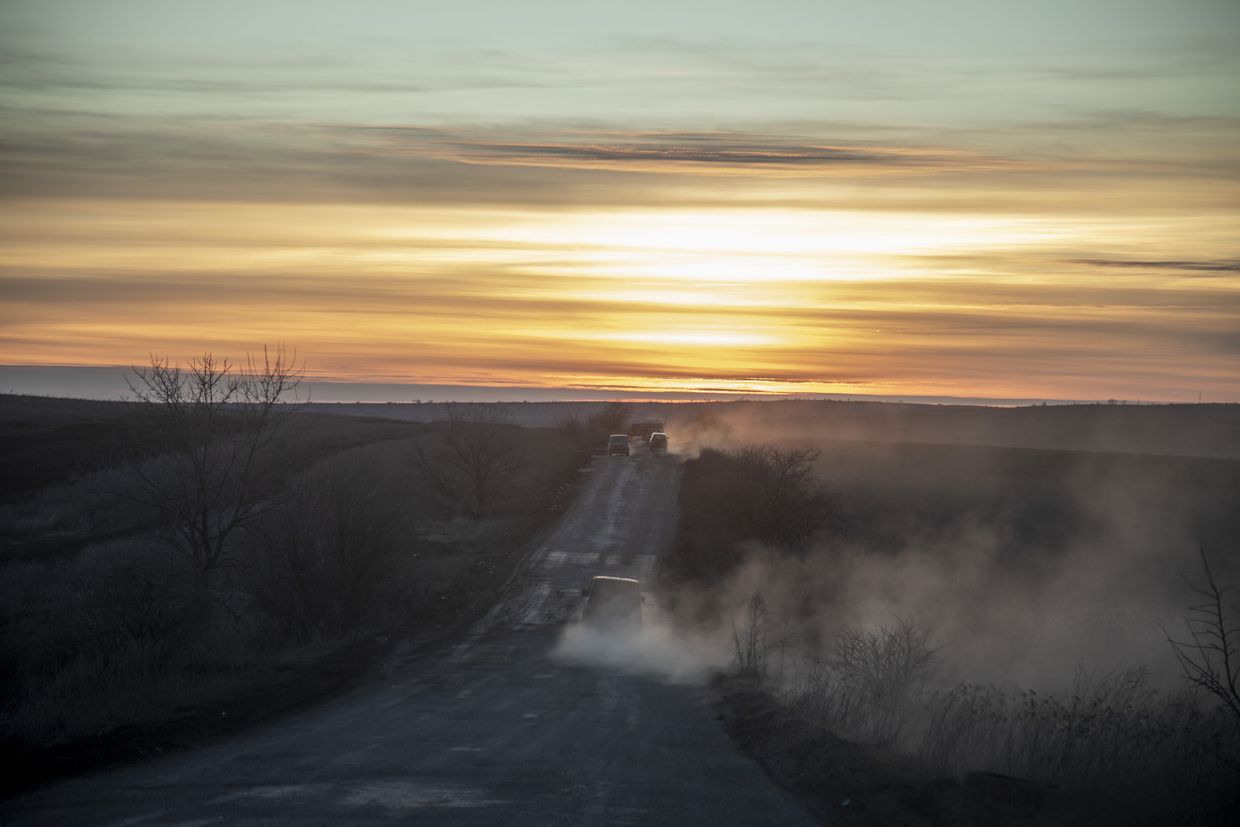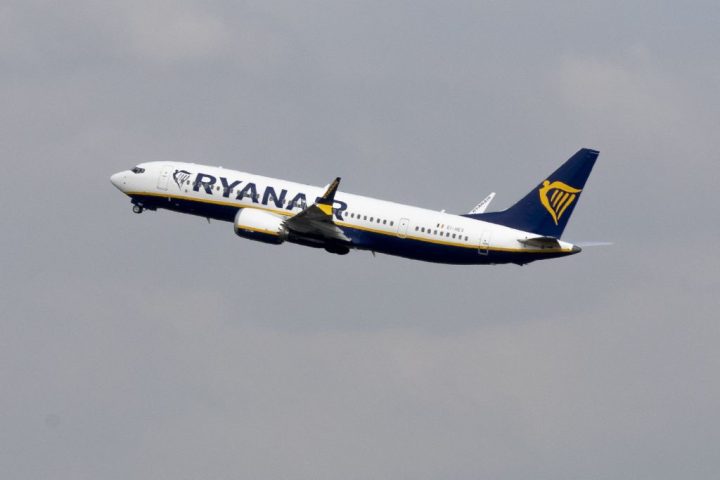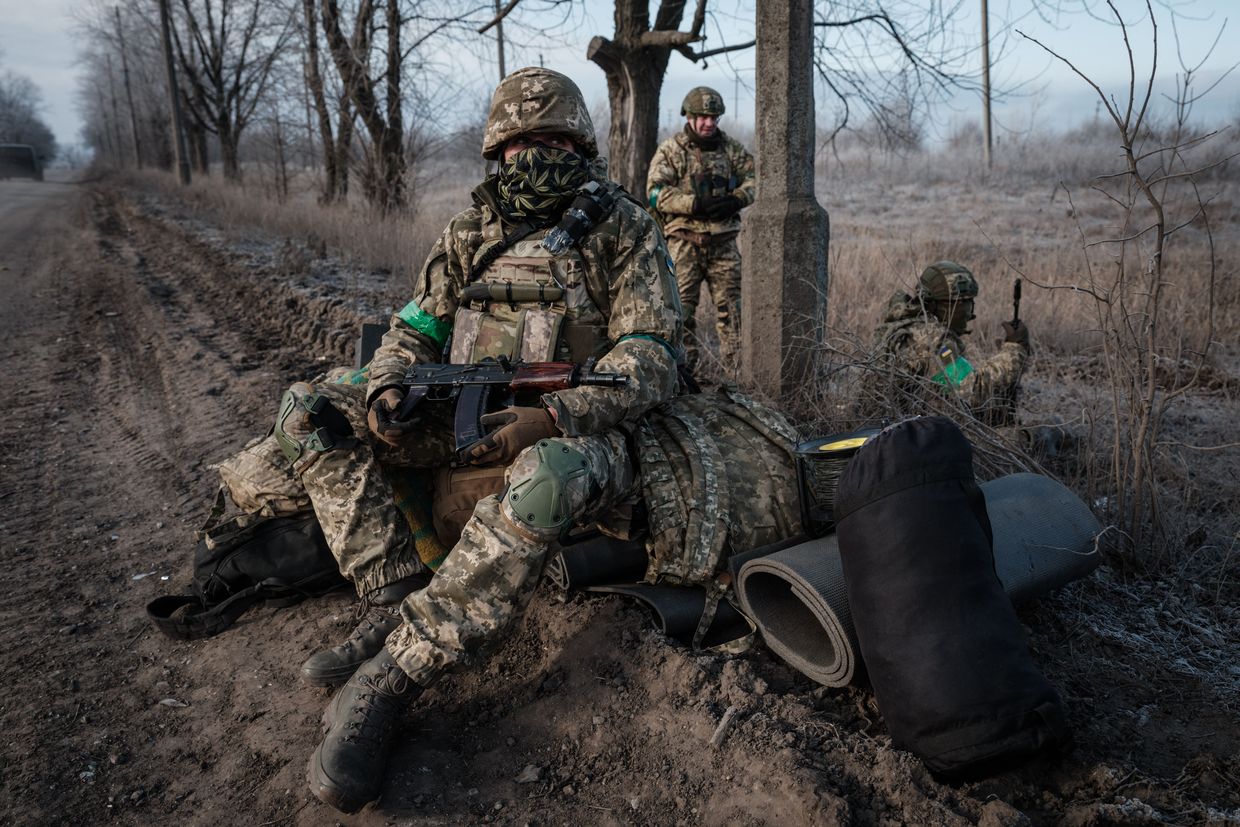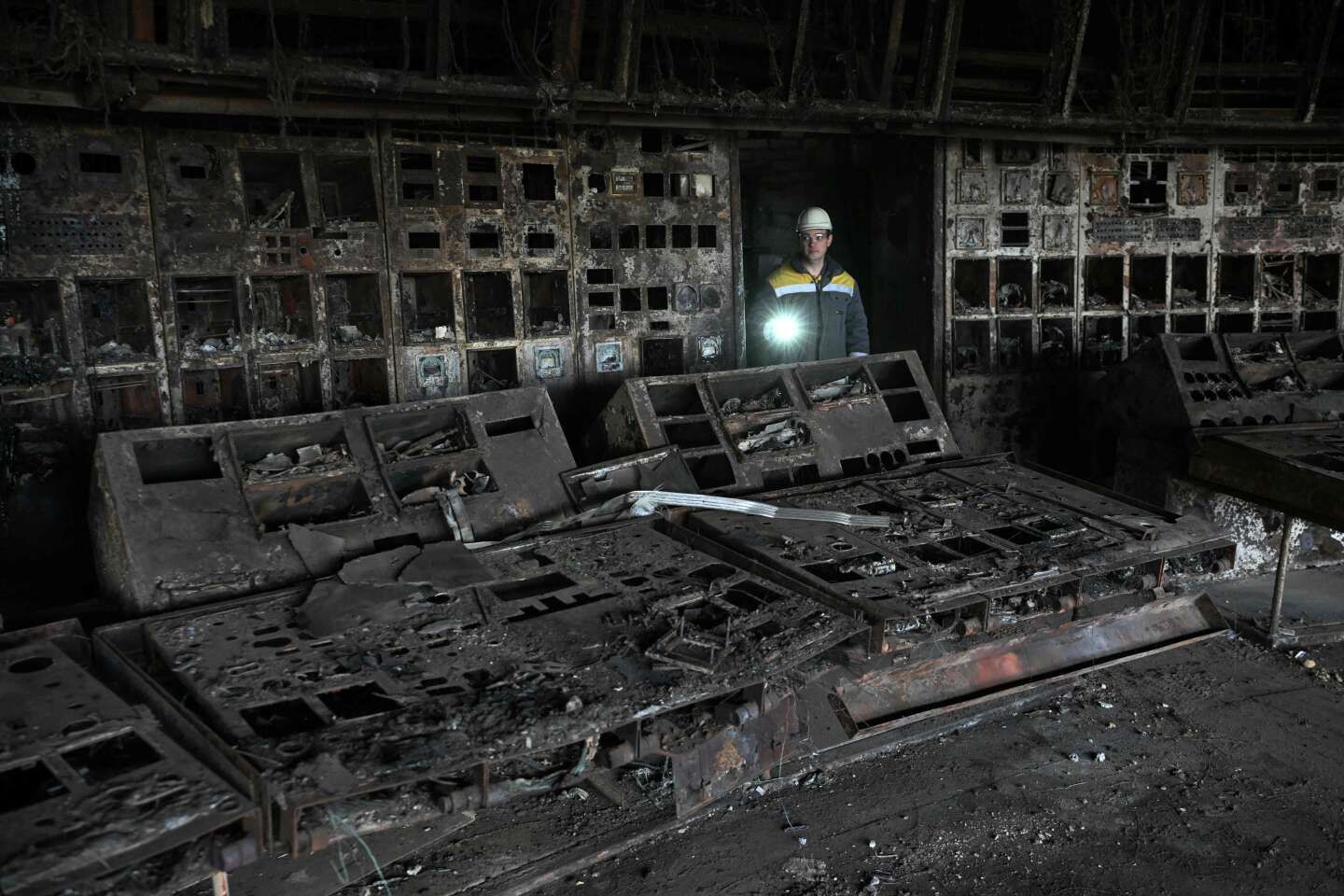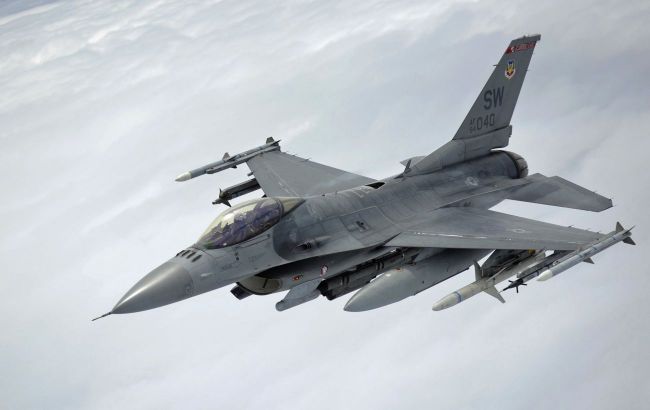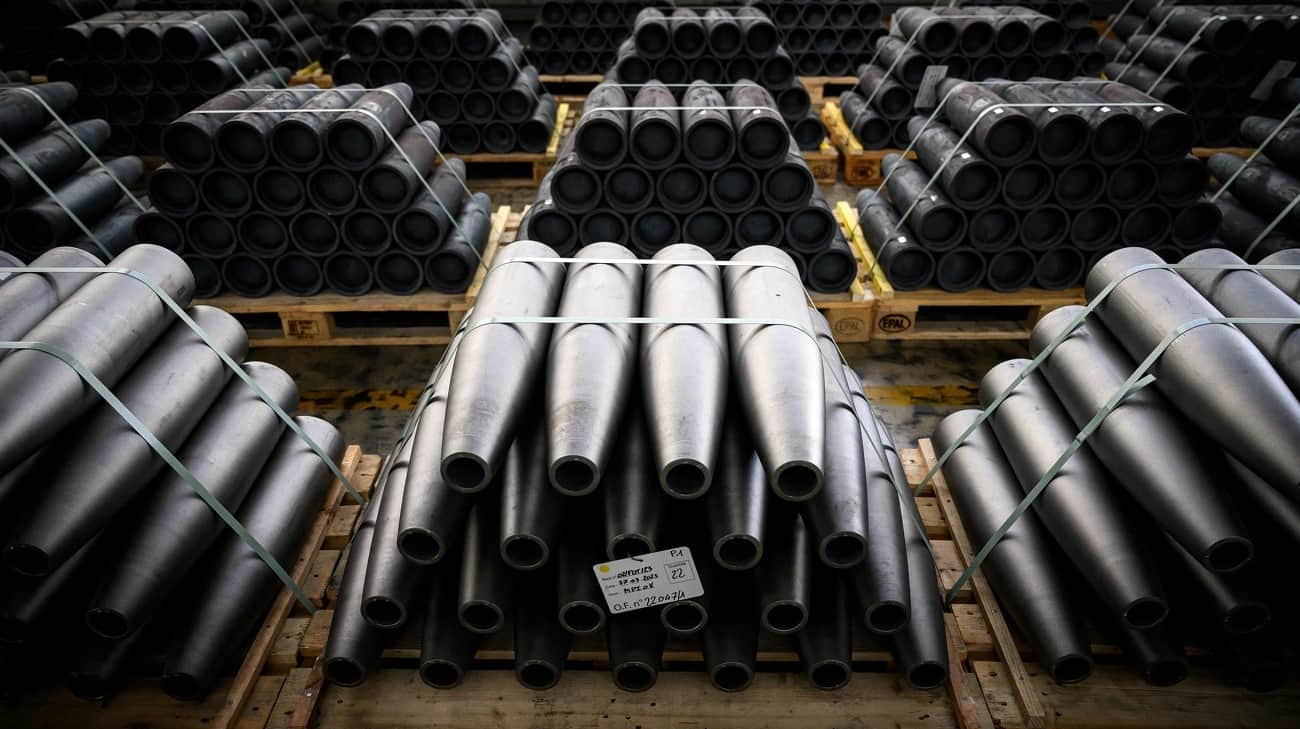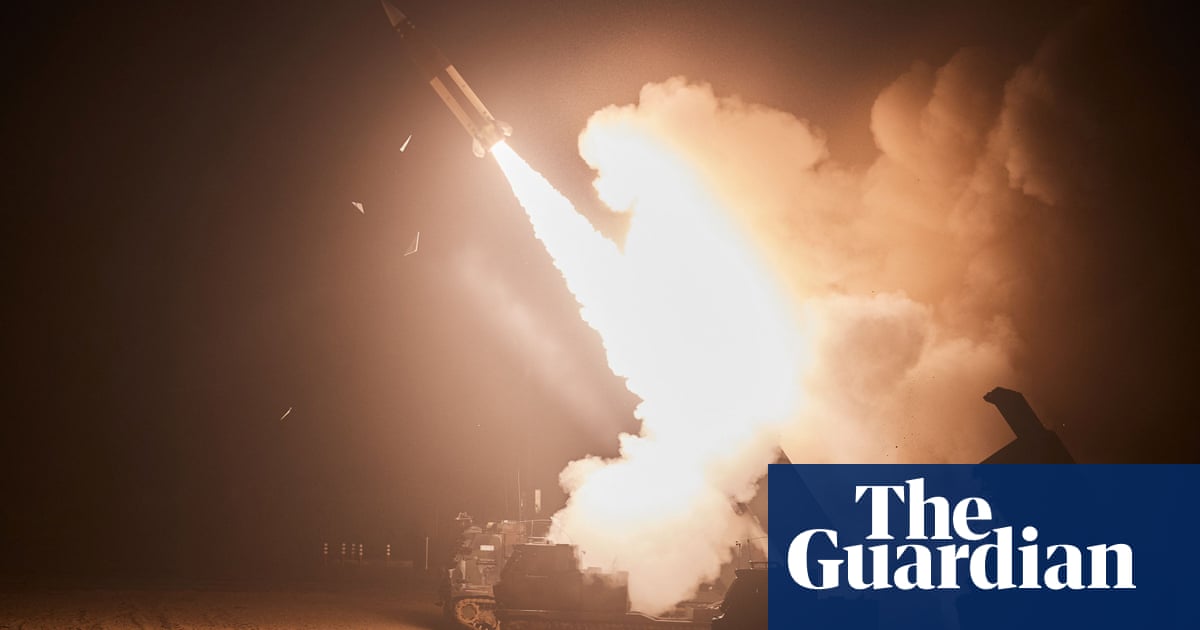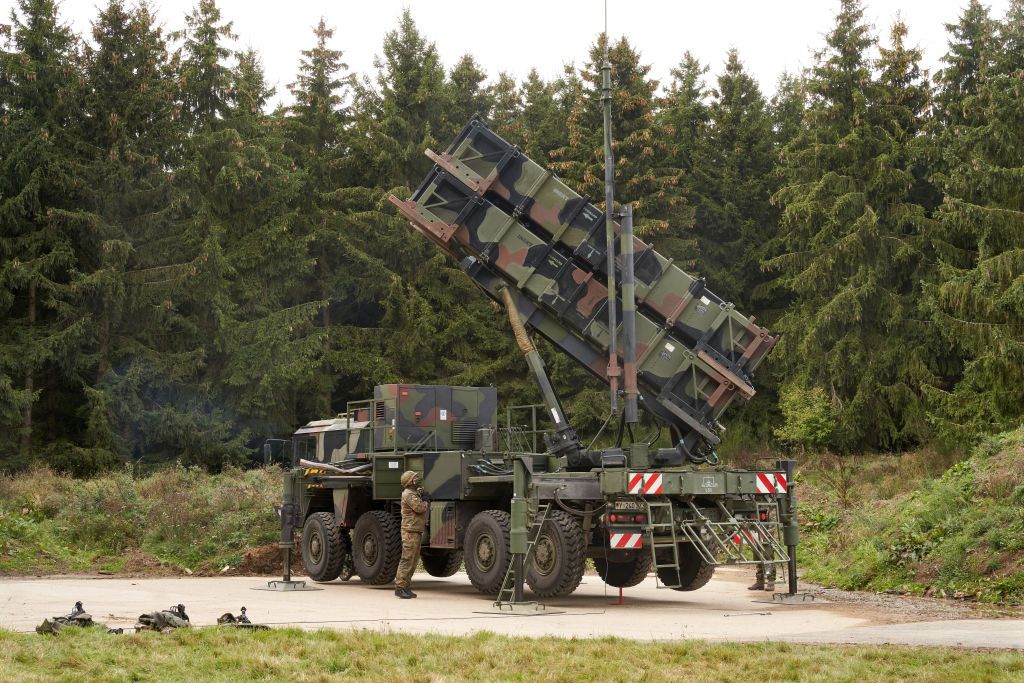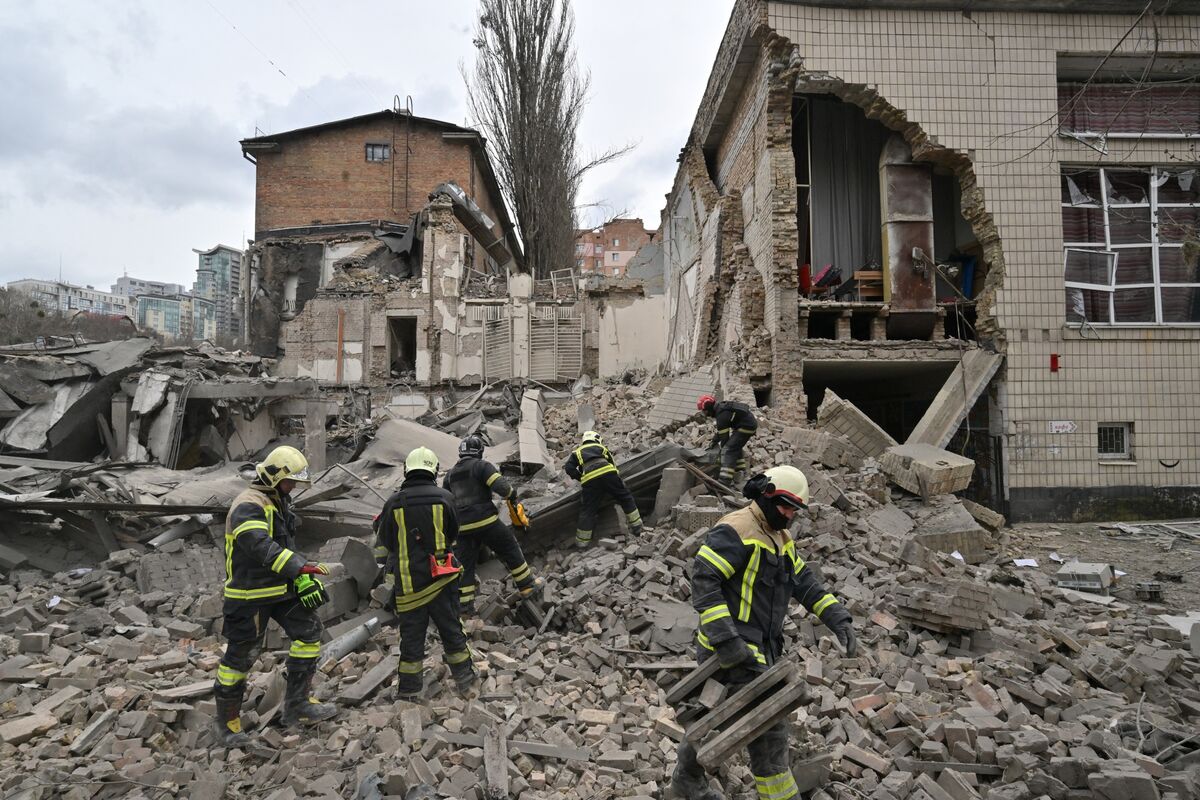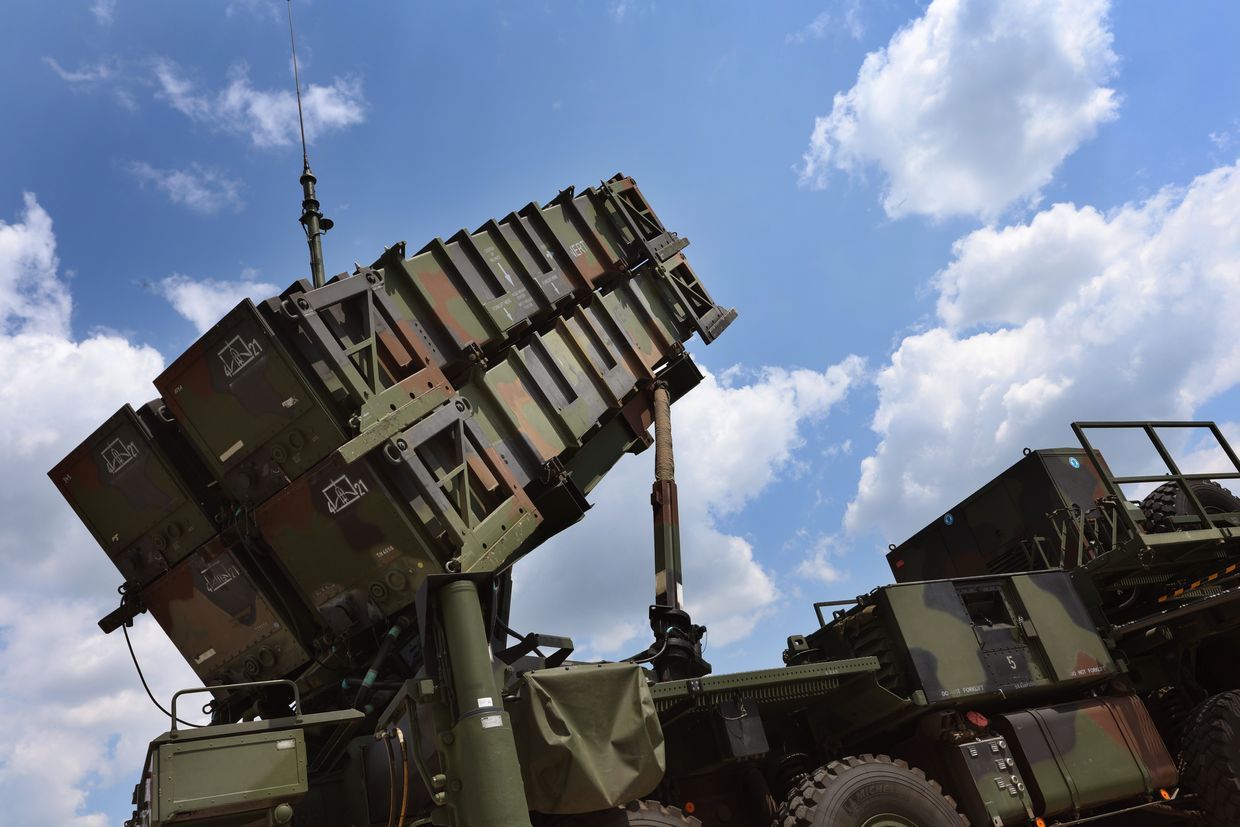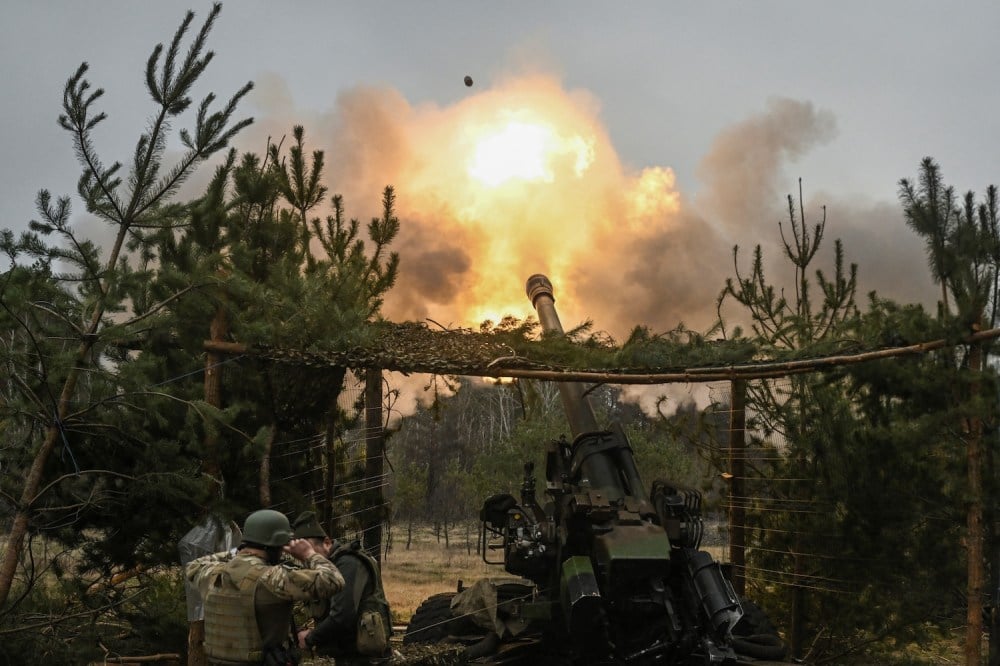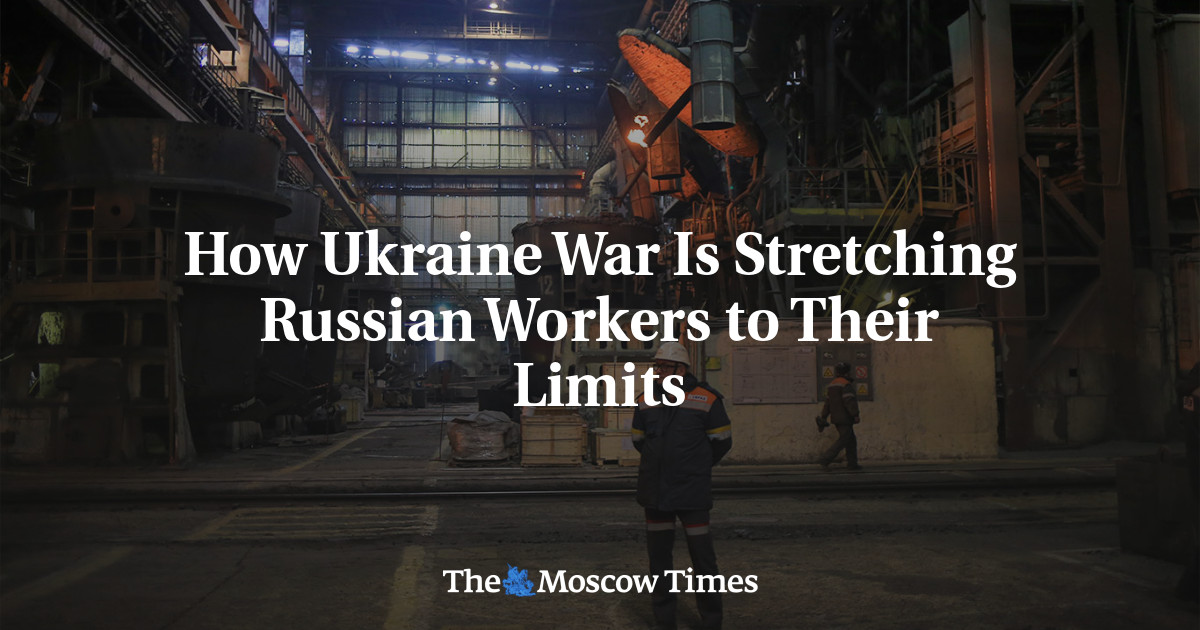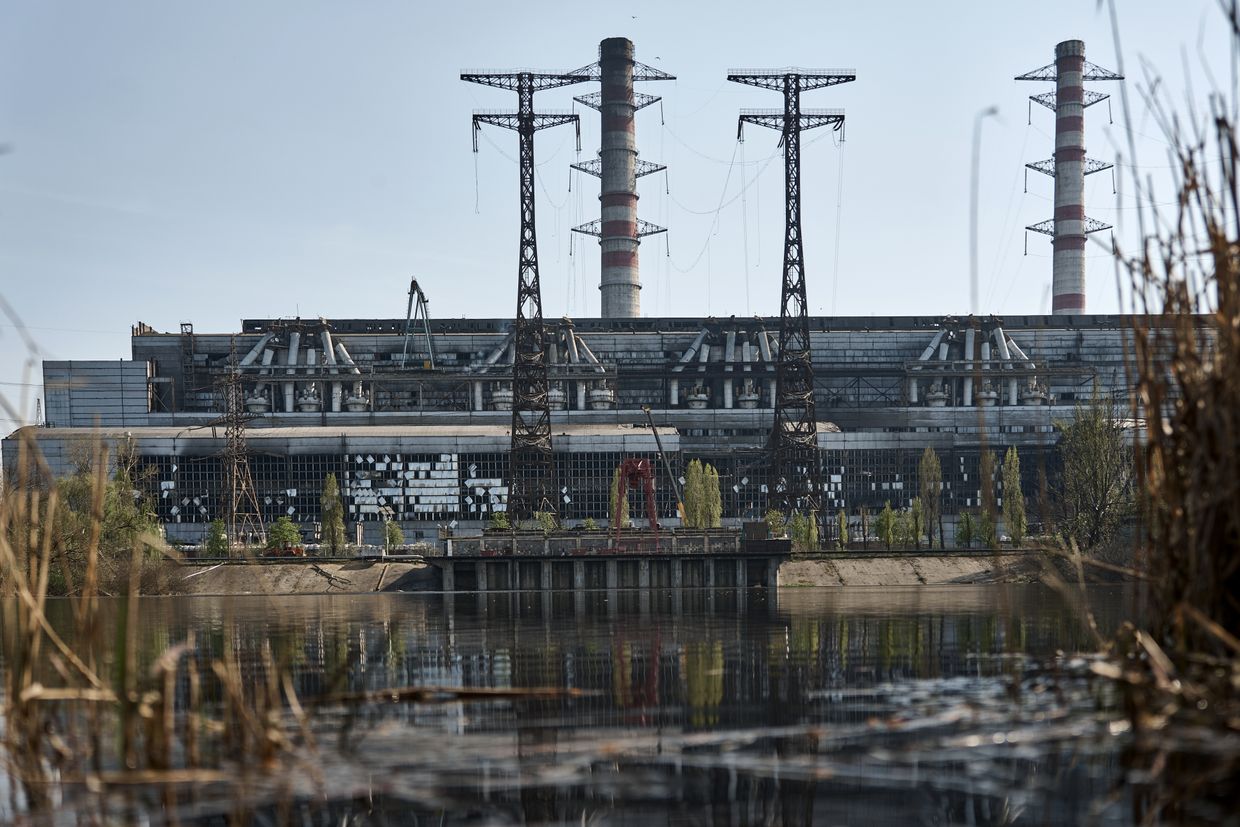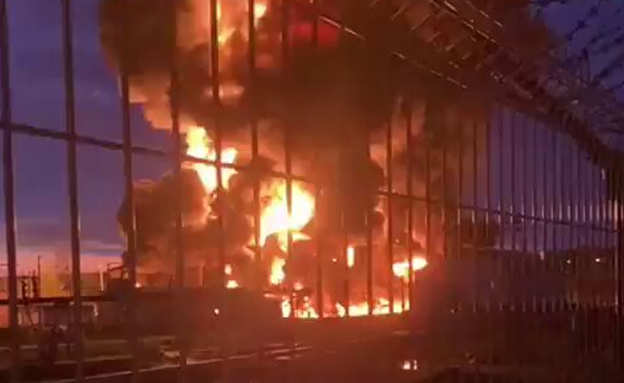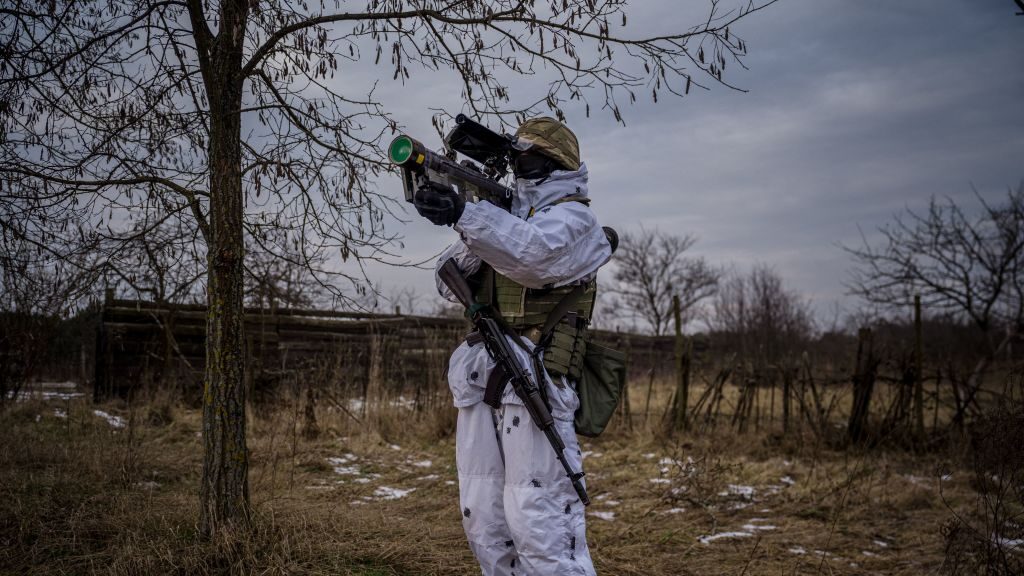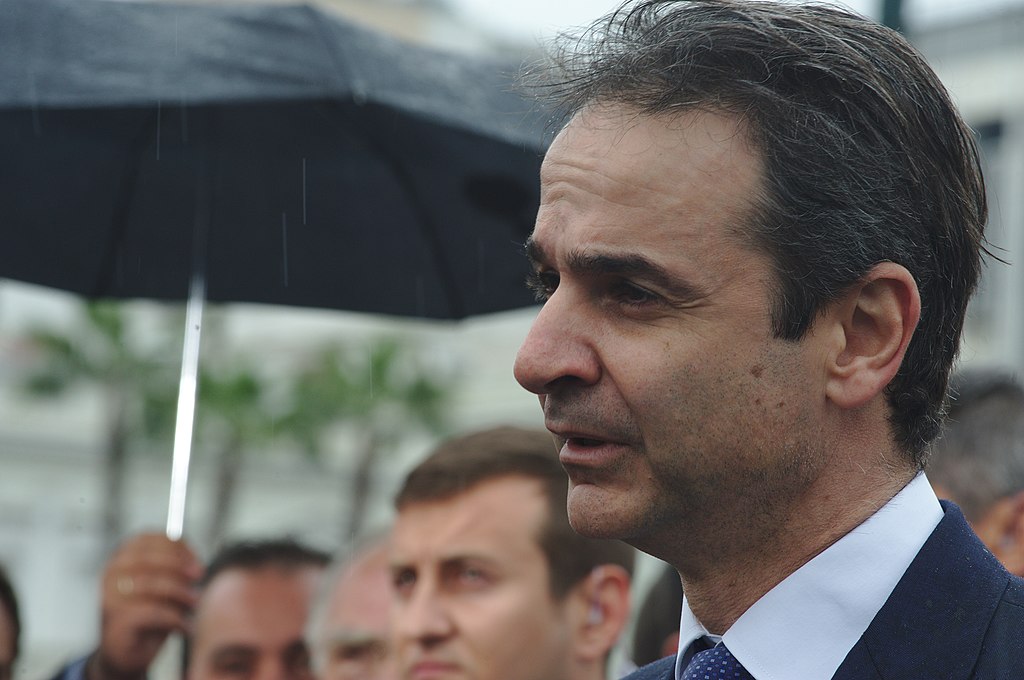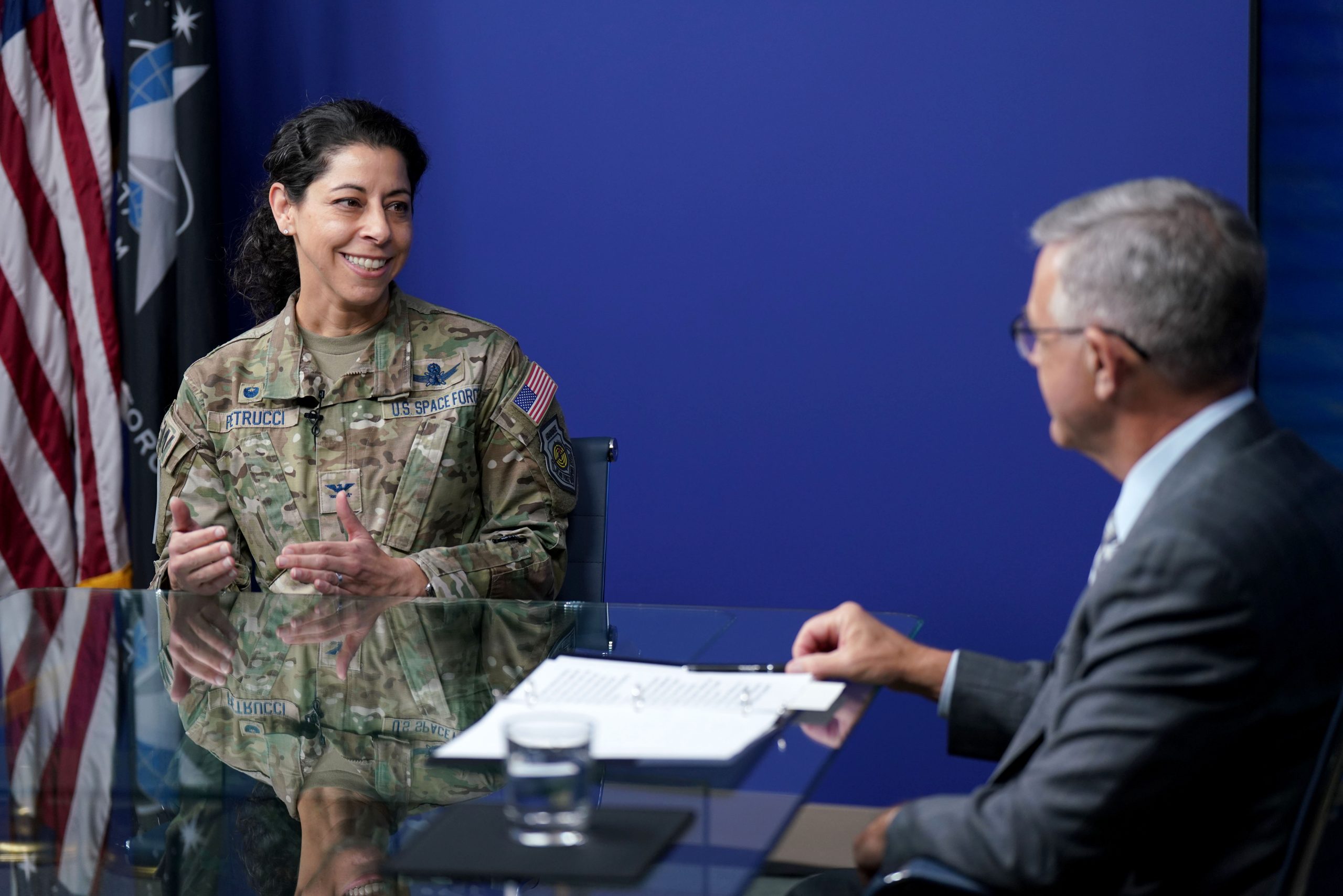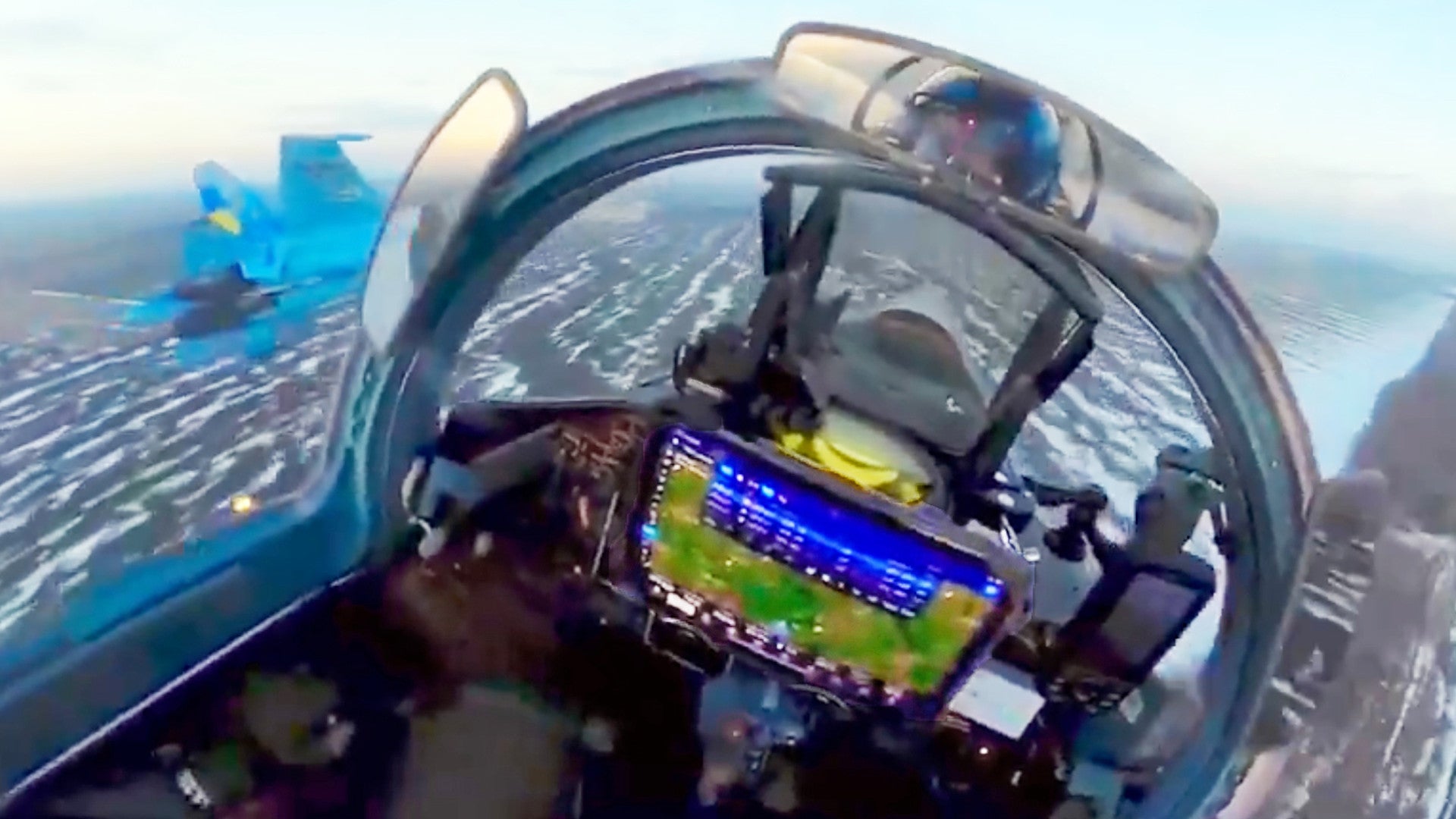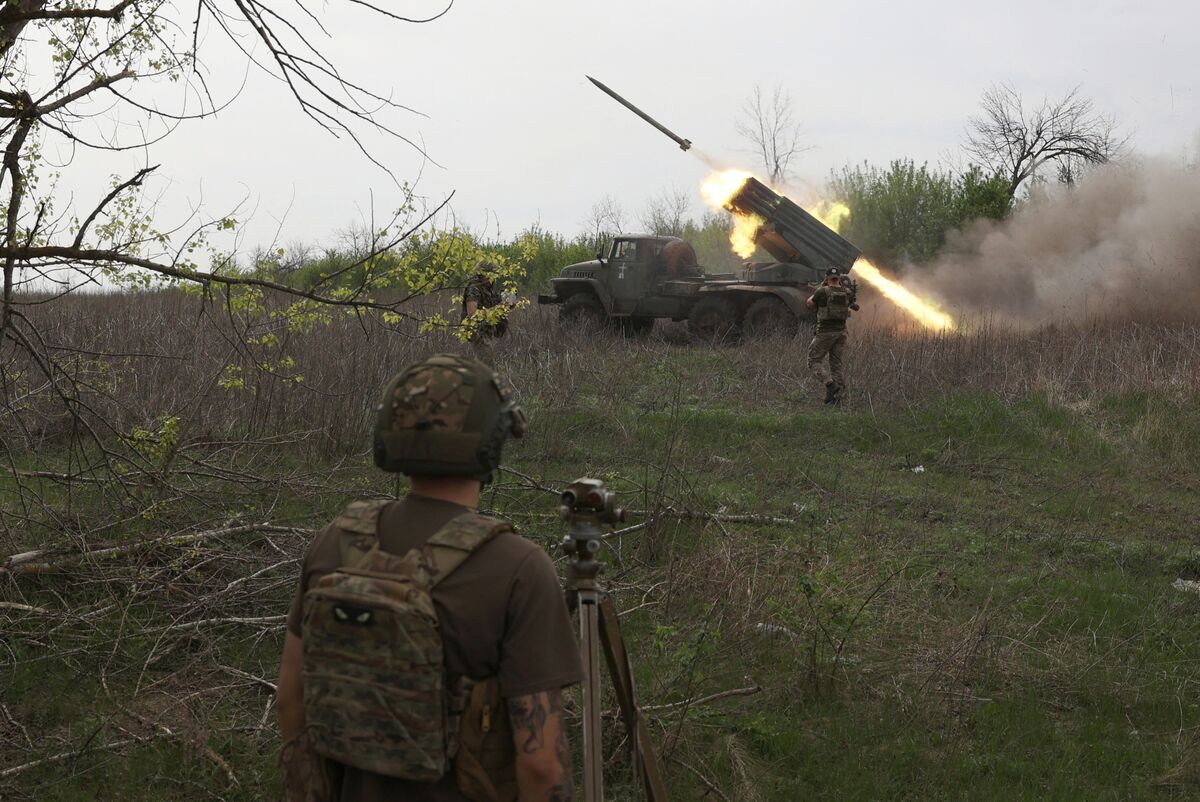The supplemental funding will thus give Ukraine a huge boost. But to turn the tide of the war, Ukraine and its partners will also need to take a number of steps.
First, Ukraine needs to use 2024 to rebuild its force for the long war. The supplemental funding is critical to this effort, as it will provide the equipment and resources to provide robust training to its new forces. Ukrainians rushed to join the armed forces in the wake of the invasion, increasing the numbers of the Ukrainian army. But the force is now running on fumes. Ukraine has not done subsequent rounds of mobilization, as the government has sought to spare its 20-something generation. Yet the soldiers on the front lines are exhausted and need rotation—replacements are needed. To do this, Ukraine needs to not only launch a huge round of conscription but do so in a sustainable way, where rotation off the front is routinized.
Second, European nations need to ramp up production now. There is little Europe can do presently to backfill for the loss of aid from the United States. Europeans simply do not have the stocks, and their defense industrial production, while increasing, is nowhere near where it should be to effectively support Ukraine. Europe’s goal should be to put itself in a position to potentially fill a future gap left by the United States should it not pass another supplemental. Thus, Europe has less than a year to ramp up production, particularly of ammunition for both artillery and air defense, to ensure Ukraine’s survival. Should U.S. aid continue beyond 2025, Ukraine will find itself relatively flush with munitions and capabilities, as both the United States and Europe will have ramped up production and could provide significant support.
Third, the United States and Europe should go after Russian oil. This will almost certainly not happen before the elections given the political sensitivity of U.S. politics to gas prices. But the United States and Europe are now better placed to go after the Russian energy sector in a more holistic and determined way than at the start of the conflict. The oil price cap imposed against Russia may have deprived the country of some revenue and created some logistical headaches for Moscow, but ultimately Russia was still able to overcome the obstacles, sell oil on the global market, and accumulate vast revenues used to support its war effort. Russia is pumping enormous sums of government revenue into the defense industry, as well as using significant funds to incentivize recruitment and buy the support of those with loved ones killed in the war. The United States and Europe should plan a massive economic offensive against the Russian oil sector in 2025 to curtail these activities.
The timing is becoming right to hit the oil sector. First, inflation throughout the world is much lower than it was in 2022 and 2023, meaning that the global economy—and the U.S. economy, in particular—can better absorb an increase in oil prices without experiencing or causing runaway inflation. Second, U.S. domestic oil production has ramped up over the past two years, thereby increasing global supply. Third, electric vehicle production and supporting infrastructure is more developed. Higher oil prices could benefit the green transition and accelerate electric vehicle adoption. Fourth, elections for much of the world will be out of the way by the end of 2024, limiting the potential global political backlash, given voter sensitivity to higher oil prices. But most importantly, hitting Russian revenue in 2025 could significantly handicap the Russian war effort, just when Ukraine is ready to potentially hit back at Russian forces.

